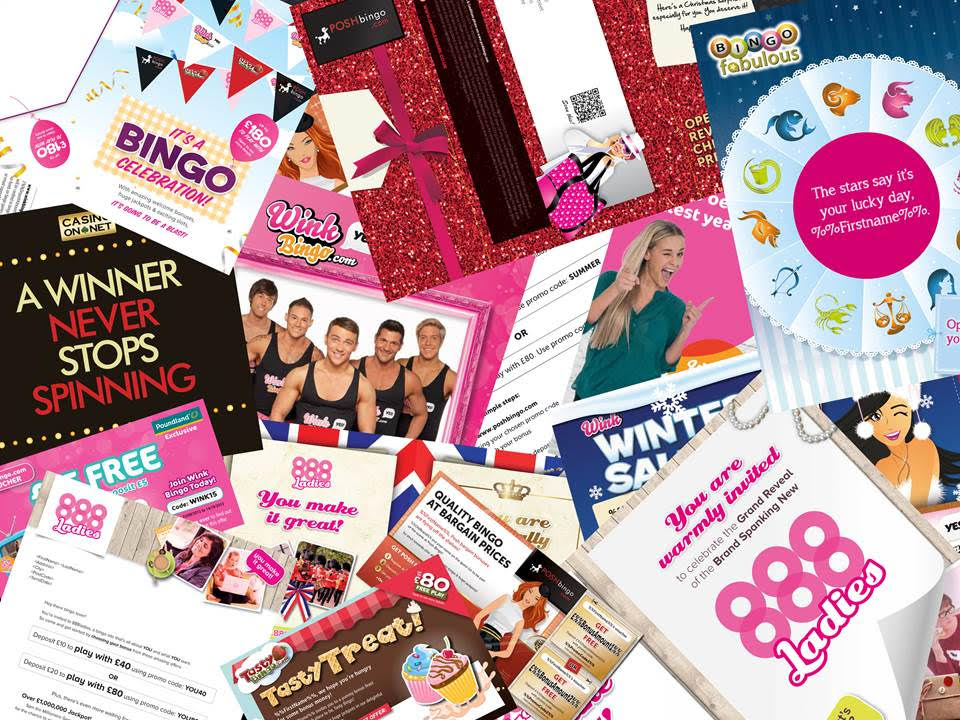Direct mail is more measurable than ever in the age of QR codes, NFC tags, webkeys and trackable links. And with GDPR restricting how you can contact people, direct mail is a data-friendly way to get under the noses (literally) of your existing and potential customers.
When sending direct mail, it’s easy to use the “spray and pray” method of sending a generic message to everyone and crossing your fingers that you’ll get a meaningful response, based purely on the volume you sent out.
Over time, this will:
- Be costly
- Be wasteful
- Skew your engagement data
Using segmentation in your direct marketing campaigns means you can focus your attention and message on those in your audience who are listening.
“It’s not enough to reach people. It’s about reaching the right people.” Seth Godin.
Why segment your direct mail
Email marketers swear by segmentation. According to eConsultancy, 74% say that it markedly increases customer engagement. If we translate this over to direct mail, where statistics show that people spend 42% more time scanning and reading direct mail than emails, the potential for engagement is significant.
For example, a broadband company that has just installed fibre broadband in a specific area could send out direct mail to potential customers by using their database to exclude existing customers, rather than a blanket communication to a postcode area.
Where to look for segmentation data
It can be easy to look at your buyer personas and match people to the box they most likely fit in. However, with segmentation, it’s easier to work with qualitative data. For example, using Approximated Social Grade can help you to discern who your buyers are.
You may wish to start by looking at your existing users and separate one-off purchasers with your repeat buyers (if such a thing can apply to your product/service). You can then start to group people by age, geographics, psychographics, ARPU (Average Revenue Per User) or use the RFM (Recency, Frequency, Monetary) analysis.
Additional practical advice when segmenting your data:
-
- Segment, but not too much! Mail to over 4k records per send to achieve mailsorted postage rates which in the UK, are cheaper.
- Don’t be afraid to A/B test across a single mailing to improve your segmentation game. Pick the version with the best response to continually improve.
- Make small incremental design and copy changes (like a call to action or the colour of a graphic) rather than entire design changes. That way you know what’s working, and what’s not.
- Use personalisation effectively to let your prospects or customers know you value them. Examples might be using pre-collected data such as birthdays to reference their star-sign. Or using their street name or town/city. A holiday company might mention a destination the recipient has travelled to before. But use wisely and don’t go full-on Big Brother. Making someone feel you know everything about them can be detrimental.
We love Qualtrics’ article on psychographic segmentation. Ultimately, there is no one size fits all when it comes to segmenting your data. It is worth trial and measurement to find what works for your business.
Data Collection Ideas To Help
- For B2C clients, Birthdays are a shoo-in. Offer repeat customers a voucher for a discount or money off on their birthday, so don’t forget to ask for this at point of consent/sign up.
- Do a customer survey with a prize. People are more likely to hand over data if there is an incentive.
- Collect most data on sign-up as this is when your prospect is highly engaged.
Once you know who your customers are, you can use lookalike methods to find similar people. In the UK, census information can be useful with this and is publicly available thanks to the Office for National Statistics. Royal Mail’s MarketReach is another excellent tool.
Compliant, clean data
GDPR and good data practices should be something you’re factoring into your marketing mix. If it’s your first time using direct mail, there’s a lot Clone Media can help you with to ensure your comms are complaint.
Using the Royal Mail PAF® (Postcode Address File) system gives us access to the most up-to-date mailing address database in the UK to ensure you are not wasting money, or worse, mailing people you shouldn’t. This includes names and addresses of the deceased, gone-aways, duplicates and people subscribed to the mailing preferences services database (MPS).
This PAF system also auto-corrects addresses that may be incomplete or contain errors, with any unusable data fed back to you to help optimise your internal database systems. The result? A clean list of contacts for a more effective, compliant direct mail campaign.
Practical methods to start using segmentation
Here are some actions that you can take to help start using segmentation to its full effect:
- Ensure that your data is rich enough to segment effectively and make a plan of action to get more information if not.
- Test in small sample batches before rolling out more comprehensive campaigns. You could choose two demographically similar audiences and test slightly different content to see, which generates higher ROI.
- Use tracking links attached to a QR code, webkey or NFC chip to convert offline to online accurately. By connecting parameters or a unique hex code, you can match website visits to your segmented audiences.
- Plan to fit with your broader marketing practice. Segmented direct mail combines perfectly to fill the marketing touchpoints a consumer needs to purchase, especially for high ticket items.
- Call us here at Clone Media, and we can help you craft the perfect segmented direct mail campaign.






